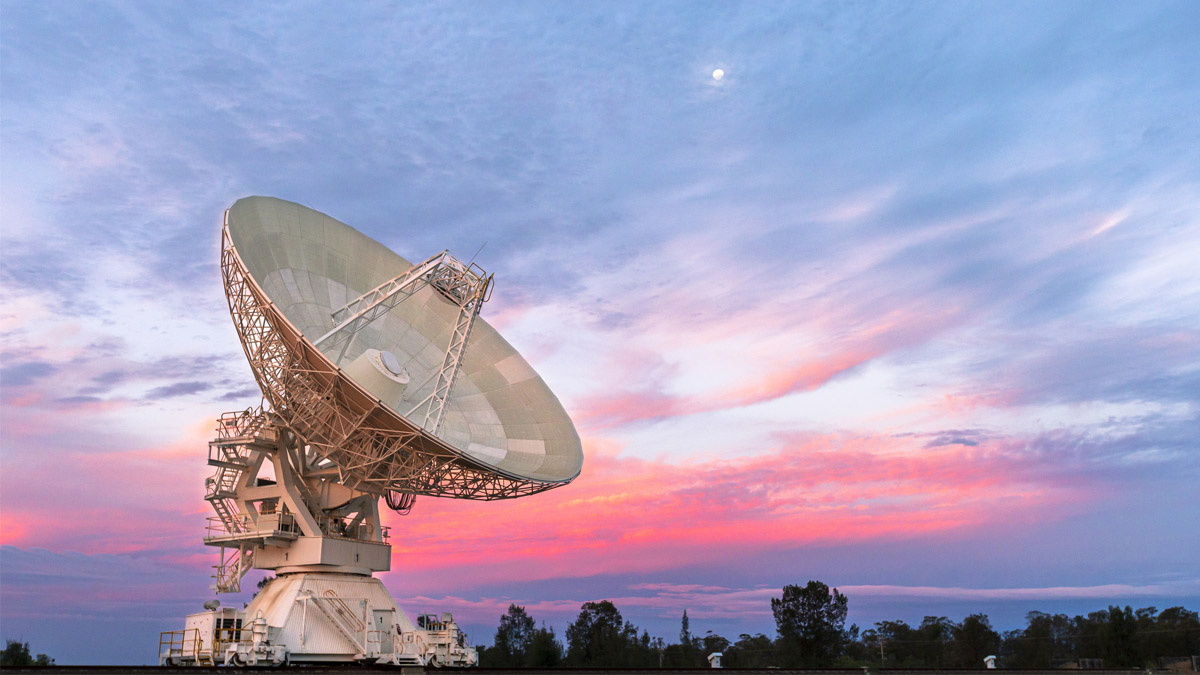
Several great presentations during DIFI Consortium Day at IEEE’s MILCOM 2025 event in Los Angeles. Of special interest, to me at least, was the keynote delivered by A.J. Vigil of Systems Technology, Inc. (Systek) on The Digital Transformation of Satcom, focused particularly on the U.S. government’s Wideband Global Satcom System (WGS), the backbone of the U.S. military’s wideband satellite communications capability.
Dr. Vigil, who has been working with WGS for many years and is an active contributor to a variety of satcom standards, is leading efforts to incorporate digital IF into the WGS ground segment and into defense networks broadly. He reported extremely encouraging news, including results from a demo this summer and a test exercise this fall.
“At PdM WESS we put together a demonstration across three sites,” he said. (See related story here.) In the middle, “We pulled the plug on the antenna at one site and the link failed over to the antenna at the remote site without skipping a beat. We demonstrated some things for the first time to our audience: full-digital IF signal chains, including a virtual digital IF modem, and digital IF combiner/divider through digital IF conversion (IFC), using multiple carriers, two different vendors, and transport over the Army’s Global Agile Integrated Transport Network (GAIT).”
The upshot? “For key U.S. DoW stakeholders, seeing is believing,” he said. “There’s nothing like pulling a guy’s antenna and maintaining the [satellite] link. DIFI was awesome.”
According to Dr. Vigil, “Digital IF equipment from two vendors was evaluated and found to be generally WGS Terminal Cert ready for the applications tested.”
There is a DIFI Working Group focused on the mapping between existing L-Band (analog) WGS requirements and digital IF domain tests that make sense for digital IF modems and terminals. The group plans to engage with SpaceCom Delta 8 Satcom Engineering, the group that writes U.S. DoW Satcom MIL Standards and WGS requirements documents, on an ongoing basis to align on DIFI Standard compliant digital IF modem and terminal testing for WGS.
And there was much more going on in a very productive day for advancing digital IF acceptance. For example, use of AI/ML in consuming DIFI Standard data and characterizing insights for users, including AWS showing constellation identification using an AI agent that was trained on Rhode & Schwartz documentation. I have a feeling we’ll be seeing more AI projects in the near future.
